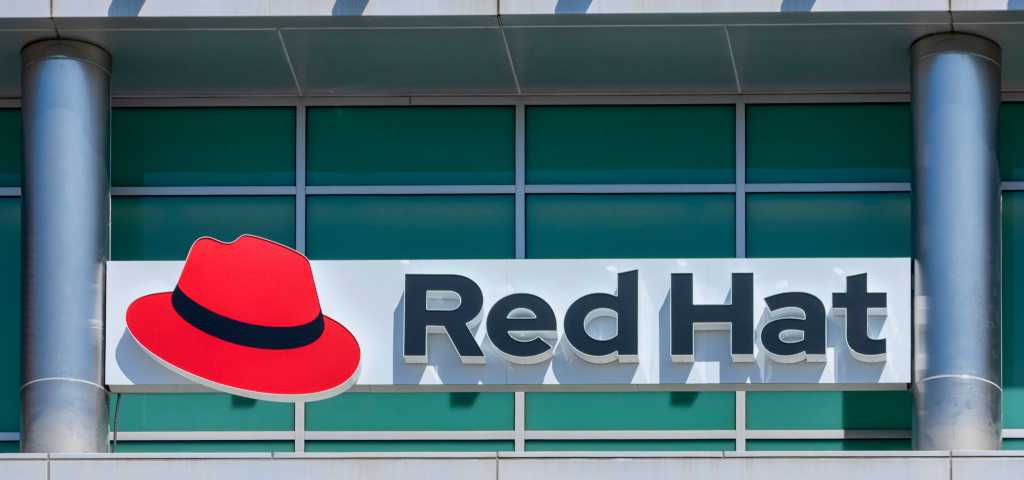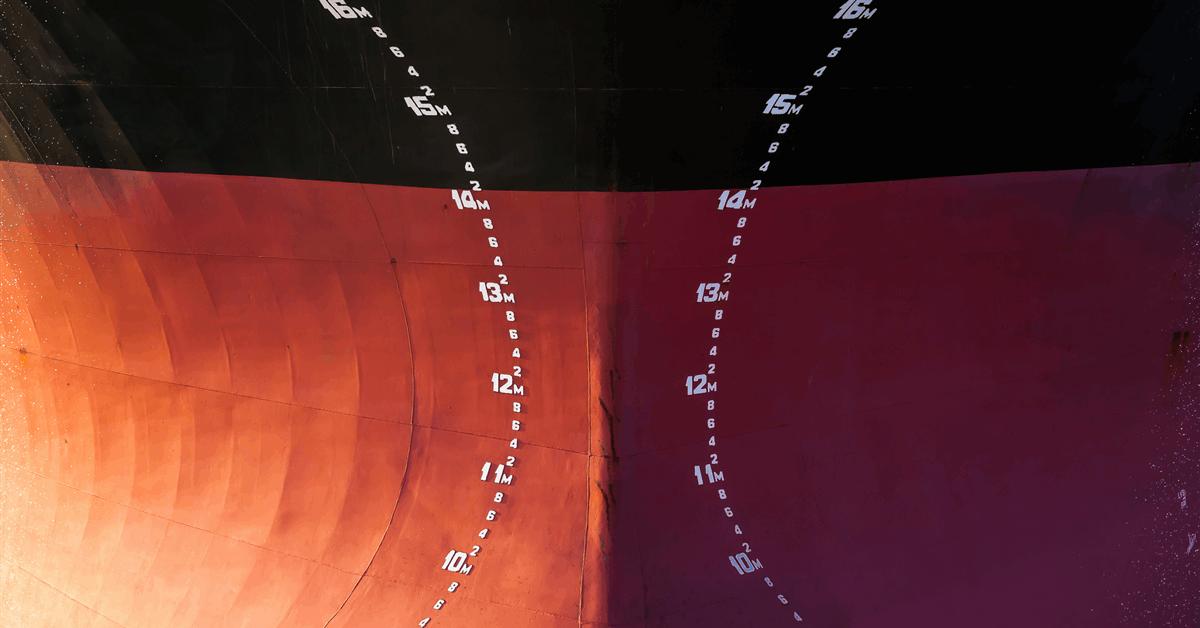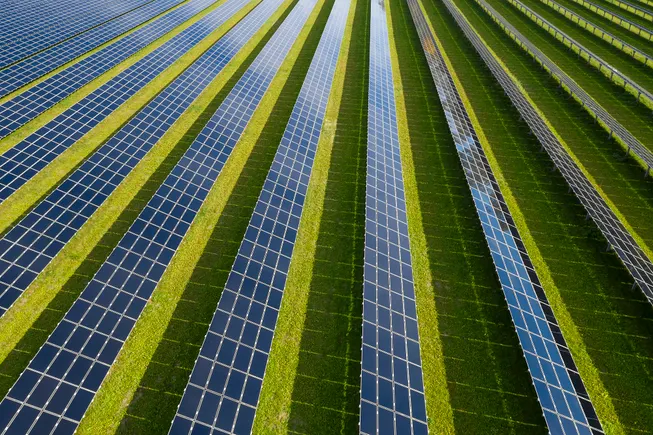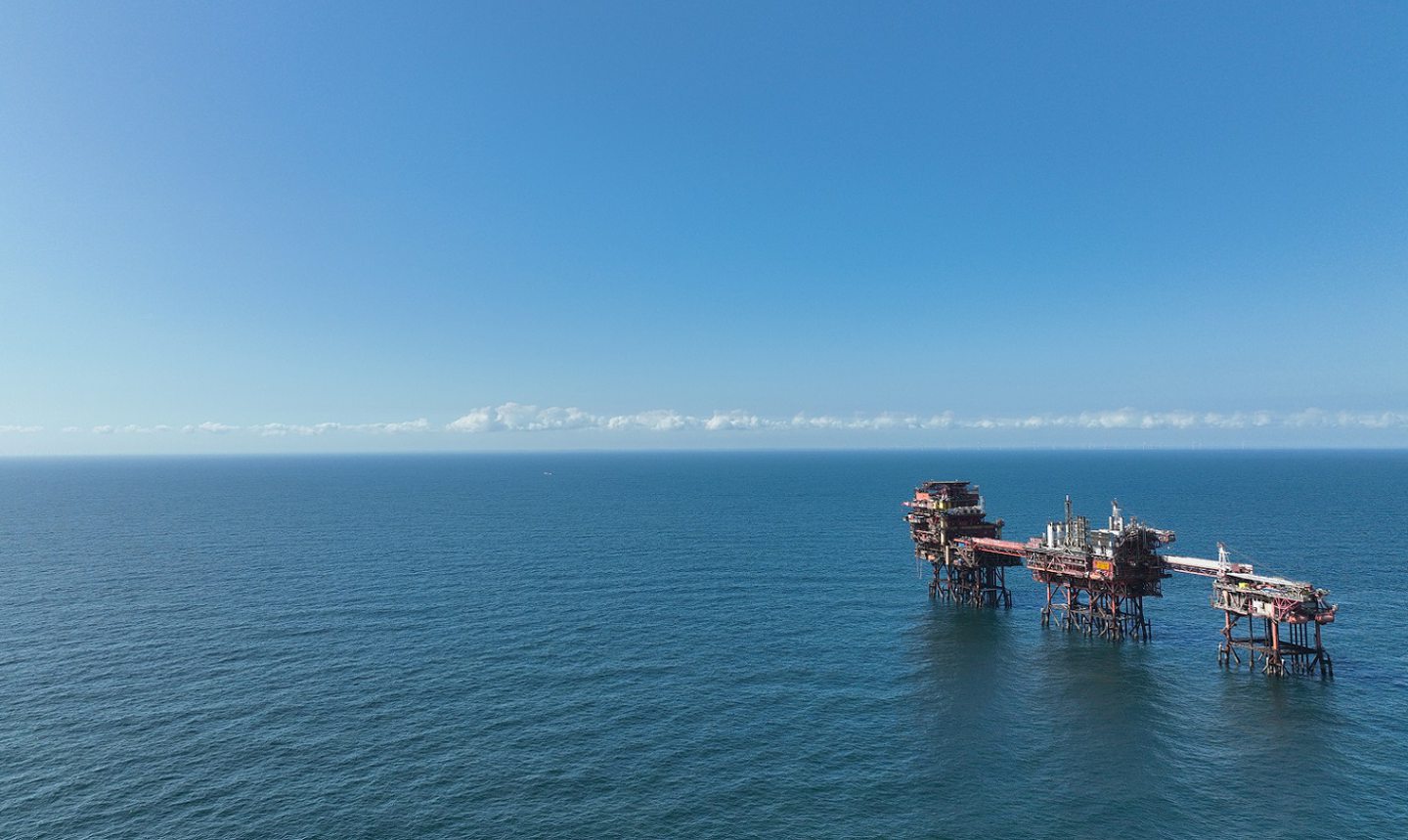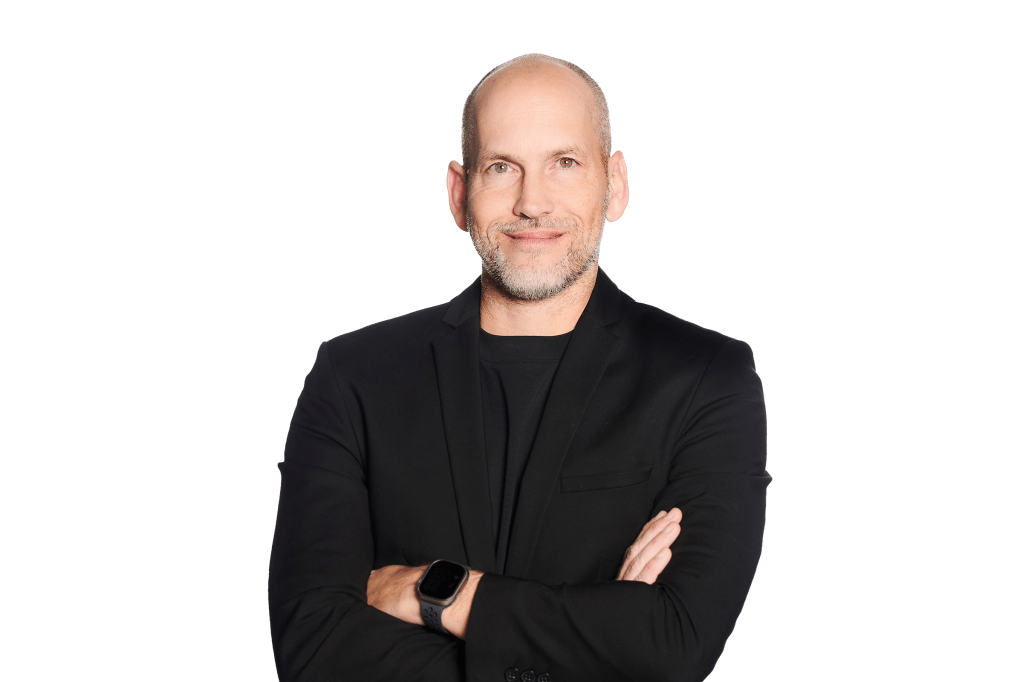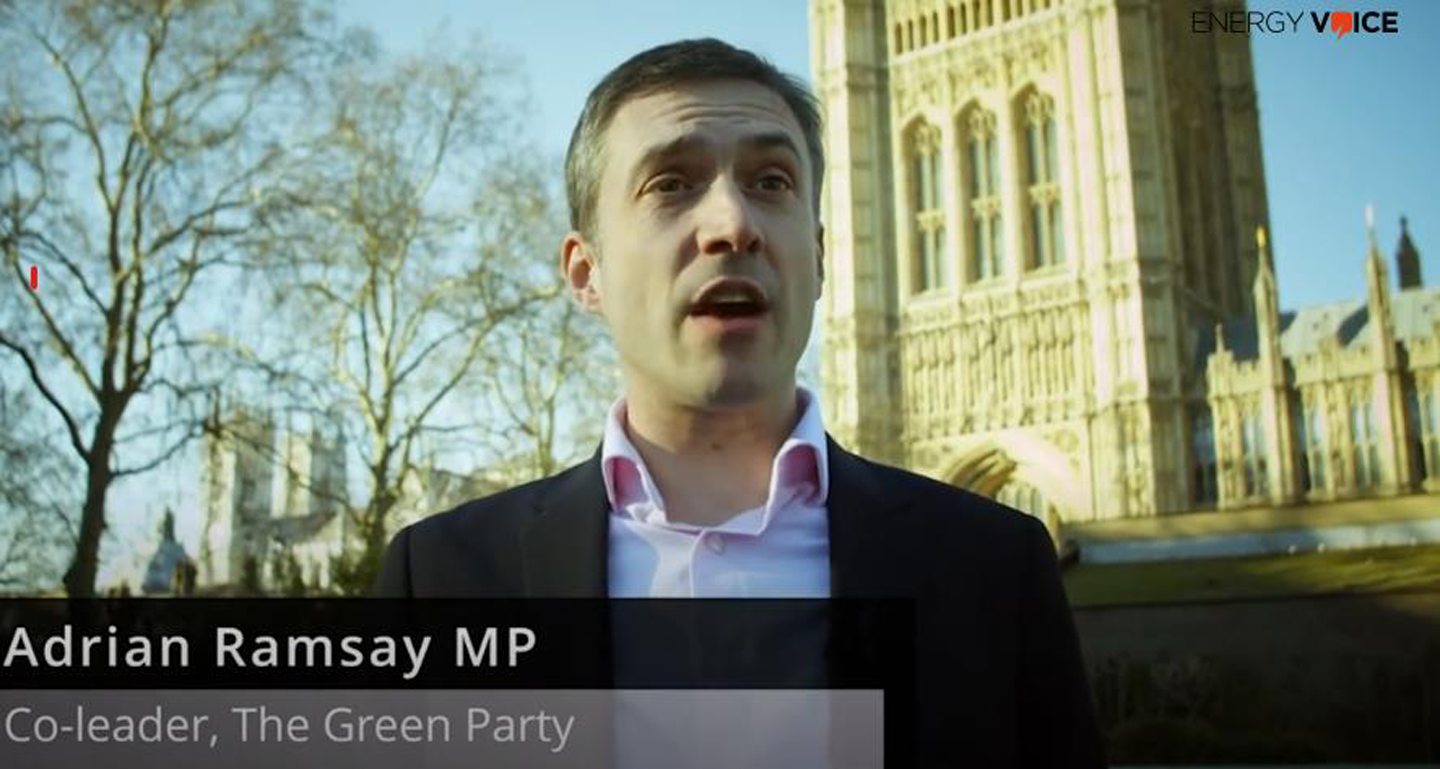
Opposition to the Net Zero Teesside (NZT) gas-fired power station with carbon capture has ramped up as developers await a court decision next month on the project’s climate impact.
Environmental consultant Andrew Boswell has called for ministers to remove carbon capture, usage and storage (CCUS) from the new carbon budget delivery plan.
“Ed Miliband is doing some very good work with his ambitions for a clean power system by 2030,” said Boswell.
“However, he fails to see that the plans for fossil fuel-based carbon capture which he inherited from the previous government are hugely damaging to the climate. The government is conveniently ignoring the true climate costs and impacts when they fall outside UK territory.”
NZT would be the first gas-fired plant in the UK to capture carbon emissions. A final judgment on the appeal case against its impact on the climate is expected by mid-June, Boswell told Energy Voice.
He has partnered with Zero Hour, the campaign for the Climate and Nature Bill, asking for ex-territorial carbon emissions to be “properly accounted for by the UK”, and adequate policies.
They have teamed with climate groups and MP Watch to initiate a dialogue with government and mobilise local constituents to write to ministers.
A DESNZ spokesperson said in a response to a request for comment: “Carbon capture, usage and storage is vital to boost our energy security, and the Climate Change Committee describes it as a ‘necessity not an option’ for reaching our climate goals.
“There is no route to protecting jobs in our industrial heartlands and securing the future of heavy industry in the UK without it.”
The government’s net zero strategy was previously thrown out of the High Court in 2022 as it initially failed to show how the plan could be feasibly delivered, including the necessary risk analysis, Boswell argued.
He is asking for CCUS to be excluded from the new carbon budget delivery plan, which is due this year, and for an independent scientific review into the technology, and investment to be transferred to green energy storage .
“What we’re asking campaigners to do is to write to their MPs but also to meet with their MPs,” he said.
‘Out-of-date’
He said the Public Accounts Committee report submitted to government on CCUS was “very challenging”, earmarking it as “high risk” and “high cost”.
The cross-party committee warned that the rationale behind the government investing in the project in Teesside could be “undermined” by upstream emissions of methane in the supply chain for LNG.
The appeal case against NZT has gone to a deferred judgment, Boswell said, since the hearing in March at the Appeal Court in the Royal Courts of Justice.
That case went to appeal after Boswell lost a lawsuit against the project in the High Court last July.
“The nutshell of that case is whether the carbon footprint of Net Zero Teesside, which was accepted by the secretary of state as being over 20 million tonnes of CO2, is compatible with net zero,” Andrew Boswell in an interview.
He hopes that the intervention will lead developers BP and Equinor to take into account the upstream emissions created during fracking and liquefied natural gas (LNG) production, much of which takes place outside the UK.
BP and Equinor’s environmental impact assessment (EIA) did not include all upstream emissions, which are those typically covered under scope 2 of mandatory reporting rules and defined as being created from the point of production, according to Boswell.
“The upstream emissions that were agreed with the secretary of state were actually using this out-of-date emissions factor from the government; so that 20m tonnes figure is a severe underestimate,” said Boswell.
When the real impacts of methane emissions captured via satellite imaging are considered, he said emissions from the project are closer to 100 million tonnes.
The case bears similarities to the precedent-setting Finch ruling from last summer, which ruled that downstream customer emissions, or scope 3 emissions, had to be accounted for in planning permission.
For the NZT gas plant, the upstream emissions would include methane produced during fracking abroad, such as fracking in Texas, diesel LNG tankers and burning LNG.
The CO2 produced upstream should be calculated in the project’s final emissions, Boswell argues.
He also said that continued fossil fuel power production would exacerbate the need for future fracking to supply the power plant, increasing emissions over time.
Subsidy case
If the emissions case is successful, Boswell plans to proceed with a separate case against the subsidy for the project.
He argues that £6bn loan guarantee for NZT was only provided by government because of his legal challenge against the project.
Net Zero Teesside will benefit from a £10bn subsidy award decided on 11 December, which Boswell has also challenged in court.
A stay was put in the court on the subsidy case until the outcome of the climate case is decided.
Limitations
In a separate attack on the development, figures revealed by Desmog showed that co-developer Equinor had overinflated emissions capture from its pre-existing fossil fuel projects.
“The fact that we had issues with the measuring equipment for CO2 capture on Sleipner during the period 2020-21 is well known and a topic we have been transparent about,” Alice Baxter, a spokesperson for Equinor, said in an emailed response.
“We detected this issue ourselves and corrected it. Based on the assessment of available data from other relevant systems, we have no indication of measurement errors before this error in 2017, and none after the faulty equipment was replaced.”
Figures from the Institute of Energy Economics and Financial Analysis suggest that there was a 58% shortfall in a trial to remove 80% of CO2 emissions from the Gorgon gas plant in Australia.
“No commercial system has ever operated above 80% capture,” said Boswell. “It’s a big discrepancy. There’s no proof.”
Geological storage of carbon has also proved “difficult”, according to Boswell. The Snøhvit commercial gas plant operated by Equinor in Norway found that supercritical liquid CO2 “moves about like a plume”, he said.
“The geology was unpredictable,” said Boswell. “Where it shifted to, the cap rock above it was less secure than where it was injected. It highlights the risks.”
He also argues that it is “not clear” whether carbon capture capacity can be increased to the levels proposed.
Alice Baxter, a spokesperson for Equinor, responded in an emailed statement: “The Sleipner and Snøhvit CCS projects have both had a long record of successfully storing the captured CO2 volumes, with nearly continuous injection histories.
“The seismic monitoring shows that the injected CO2 stays within the Utsira formation as expected. Modelling prior to start of the injection indicated that after 20 years the CO2 plume would extend 3km from the injection point.”
A separate analysis of the saline aquifer CO2 store at the Teesside Endurance site by the Northern Endurance Partnership suggested that expanding capacity at that site would need further “dynamic appraisal” to manage pressure dissipation, he said.
The developers behind the partnership, including BP, Equinor and Total Energies, plan to ramp up the East Coast Cluster from the NZT gas power station and a blue hydrogen plant producing about 4 million tonnes a year.
The developers have plans to increase that to 10 to 23 million tonnes a year.
“Expanding beyond this rate to accommodate more annual CO2 storage requires further ‘dynamic appraisal’ of early storage performance to manage pressure dissipation – a process still underway with no certainty of success,” Boswell said.




